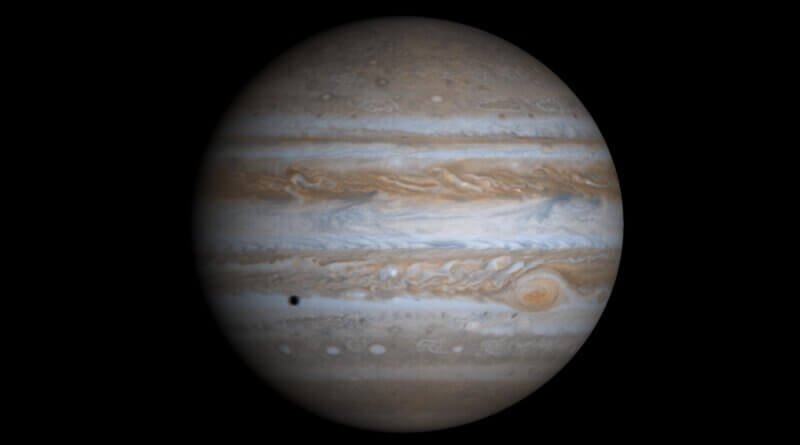Space Is The Place: The Night Sky Over Belper, February 2024
In February’s Night Sky: Japan’s SLIM Lander, Star Count, Planet and Moon notes.
Japan’s SLIM Lander Reaches The Moon
Japan’s Smart Lander for Investigating the Moon (SLIM) landed on the Moon on the 19th of January, albeit upside down. Nevertheless the mission can be counted as a success. Two probes were released by the lander just before touchdown, the craft was guided to within 55 metres of its landing site, and, ten days after landing, the craft’s solar panels caught the Sun, generating enough power for the mission to continue.
Star Count 2024
As noted in January’s article, The Campaign to Protect Rural England (CPRE) will not be organising a star count this year. However, this does not stop people making their own observations. I intend to choose any moonless and clear night between now and the first week in March to count the stars in Orion (note do not count the outer stars, you can count the 3 stars in Orion’s belt). For a starter, I counted 14 stars within Orion on a clear and frosty night on the 30th of Jan (includes belt). Here’s how from the CPRE starcount webpages.
The Moon
14th – 15th Feb: The Moon appears to be near Jupiter
24th Feb: Full Moon
The Planets
Venus is the bright “Morning Star” in the southern sky, just before dawn.
Jupiter dominates the night sky, shining brightly in the southern part of the sky. Binoculars will show its moons. A telescope will show planetary detail (e.g. cloud bands). Jupiter will appear close to the Moon on the 14th and 15th. (Headline image: High resolution image of Jupiter, courtesy of NASA images).
Saturn – during this month, Saturn is lost in the early twilight, setting at around 7.00pm, low in the West.
The International Space Station
The International Space Station is one of the brightest objects in the night sky. It is not hard to spot and flies-past periodically throughout the year. Fly-pasts tend to swing from PM to AM.
Typically ISS will be in the sky for up to four minutes at a time – slowly moving across the sky, at first bright and then fading as it moves away from us and over the horizon.
NASA’s Spot the Station service gives the time, duration and direction of sightings. Note that ISS will arrives on time: it is best to be in position around 5 minutes before the predicted sighting – otherwise you may miss seeing it. You can also use a mobile app – which gives alerts for the more prominent sightings.

